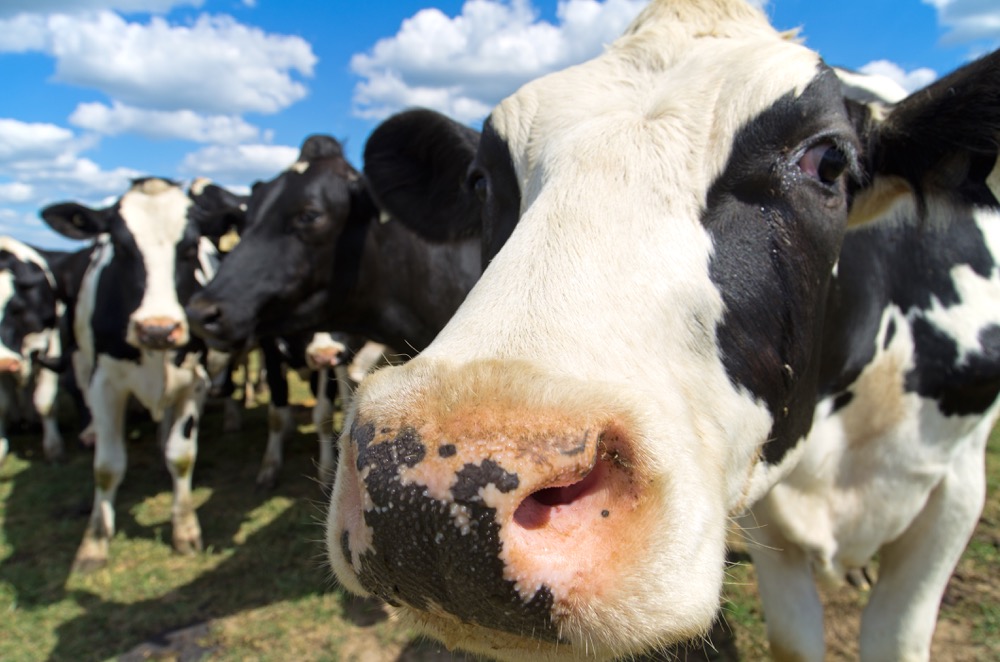A little girl asks her father, ‘Daddy is it true I am worth less than my brother? Is it true that he will earn more than me, get better deals, and have easier access to money even if I am educated? Why?’
When a little girl is born with all her beauty and possibilities, she certainly captures the heart of her mom and dad. In the moment, they are not thinking of her as a young woman who may struggle with pay parity or be disqualified from a hire because of gender. They are amazed by her — their baby girl.
Read Also

Guarding against misinformation: Do you believe in house hippos?
Misinformation and disinformation run rampant in today’s digital age. Farmers must be wary of the digital dangers and know how to keep themselves safe.
History tells us that despite our initial thoughts when our beloved daughters are born, they will indeed face significant obstacles because of their gender. She may not be burned at the stake today because she believes in freethinking (although five million women were), but she may languish in poverty because of circumstance, face a shortage of childcare that she can afford, and pay more for everything from dry cleaning to crop inputs.
- More with Brenda Schoepp: Forget the jokes about millennials – the kids are all right
And while she toils at the same job with the same credentials as her male counterparts, she is paid less, particularly in agriculture.
Statistics Canada released the widest spreads in pay between men and women in 20 professional fields. Agriculture took three of those top 20 spots. This supports my research published in 2014 in which I found women in primary agriculture earning 49 per cent of what their male co-workers were paid (Stats Canada, 2010), which was below the global level of 50 per cent. The latest information records that the difference in wage for women who are agricultural managers in Canada is 30.4 per cent. The spread between women who are agricultural service contractors, farm supervisors, or specialized livestock workers is 30 per cent less than their male co-workers. The food and beverage processing industry pays women 26.3 per cent less than men in Canada.
I have been on many types of food-processing floors in Canada and around the world, and with the exception of beef and pork processing; they are dominated by female workers with male supervisors. This is repetitive and cold work in noisy conditions that make communication difficult.
I have listened to heartbreaking stories of women who worked on ranches and farms. Women who excelled at their job only to be crushed upon discovering the ‘new guy’ would start at a higher wage than they earned after years of service.
And I have read research reports uncovering the higher discounts given to male farmers compared to female farmers in the same region with the same amount of land. I have seen the hurt on the face of a friend’s daughter when she told me that the sales target always moved in agricultural goods, just enough so you could not reach it, but the guy next to her somehow always could. Who was buying and how was this possible? Female agricultural service managers have the same credentials and work the same hours, and yet are paid 30.4 per cent less.
Women have long been preferred as employees to work with livestock. Growing up on a dairy farm taught me the finer points of stockmanship and this served me well in managing the feed yard. But it was a struggle and my pay stub still read $620 while my male counterparts were paid more. For specialized livestock workers, contractors, and farm supervisors, there is still a 30 per cent discount on the female worker.
How do we change this for our women and girls, our daughters, granddaughters, mothers, grandmothers, aunties, nieces, sisters, and friends? How do we build a community of equality and equity?
It is honourable that governments are being the catalyst to bring the discussion to the forefront, but we are missing key parts, such as universal childcare. Regulation however, does not always result in change because it is not part of cultural fabric.
Change starts at home. The change agents are individuals who promote and live equality in their homes and in local communities who are committed to the culture of equality. Municipalities, corporations, businesses, churches, governments, boards of directors, employers, schools, farms, trades, and manufacturers need to ensure they have a leadership statement inclusive of gender and wage equality so that this is imbedded in the culture and becomes the norm — not the exception.
My own and published definition of gender equality is: ‘Gender equality is not about separating men and women. It is standing up for the excellence of each other so each may contribute in the way in which they were gifted.’
Gender equality and income parity is simple.
It is holding that baby girl and committing to her to stand for her excellence at all times and in all places. It is to create a space where she grows up exercising her talents and knowing her worth. It is giving her this column and saying: ‘Let’s make sure you are being paid equally at work and if not I stand behind you in asking for parity. You, my beautiful daughter, are worth it.’
















